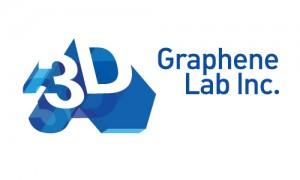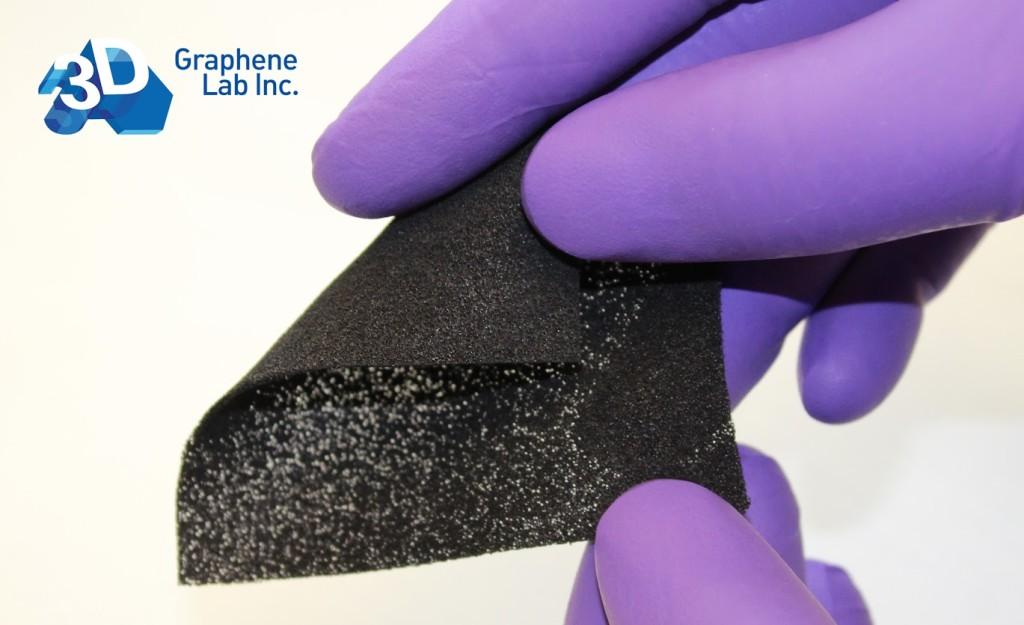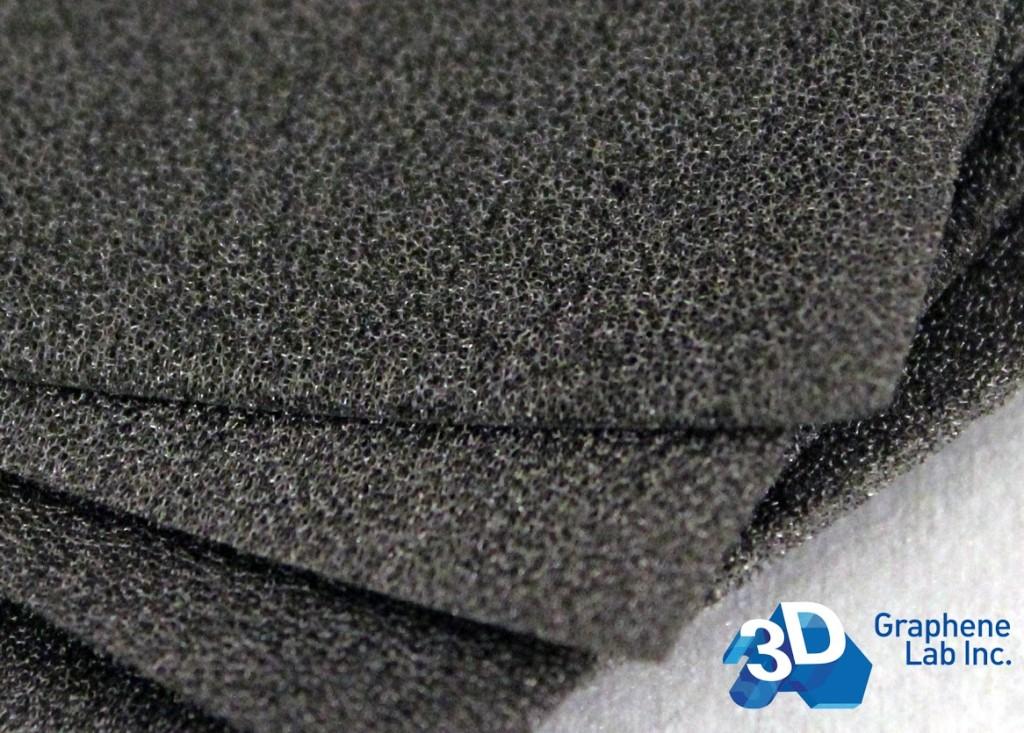 Among the materials best poised to live up to their hype as a truly game-changing technology is graphene–and among the leaders in developing graphene as a viable material for use in additive manufacture is Graphene 3D Lab. We’ve been following the company’s progress as they’ve made huge strides recently toward large-scale commercialization of graphene materials, including a recent patent filing for a process to create high-grade graphene rapidly and in quantity, as well as the bold move of acquiring former parent company Graphene Laboratories, and the company shows no signs in slowing down in their R&D.
Among the materials best poised to live up to their hype as a truly game-changing technology is graphene–and among the leaders in developing graphene as a viable material for use in additive manufacture is Graphene 3D Lab. We’ve been following the company’s progress as they’ve made huge strides recently toward large-scale commercialization of graphene materials, including a recent patent filing for a process to create high-grade graphene rapidly and in quantity, as well as the bold move of acquiring former parent company Graphene Laboratories, and the company shows no signs in slowing down in their R&D.
Today, Graphene 3D Lab has announced Graphene Flex Foam, a new commercial product that will be available through Graphene Laboratories’ e-commerce site, Graphene Supermarket.
“Graphene Flex Foam is an excellent substrate candidate in the manufacture of electrodes of lithium-ion batteries. Wearable electronics is an obvious application as the electronics, sensors and conductive properties will all need to be flexible with the wearable material. We also believe that this innovative product has a bright future for the next generation of flexible batteries and supercapacitors. Graphene Flex Foam offers energy storage as well as catalyst support in numerous organic synthesis reactions, gas sensors, flexible and ultrasonic acoustic device fabrication,” said Graphene 3D Lab co-CEO Daniel Stolyarov.
Described as a Multilayer Freestanding Flexible Graphene Foam, the all-new Graphene Flex Foam brings together a conductive elastomer composite with ultra-light graphene foam. The foam, a highly conductive three-dimensional chemical vapor disposition (CVD), together with the composite, brings together the best of several worlds of graphene usage. As a flexible foam, the material is both lightweight and reconfigurable, adding to ease of use and handling, with a porous structure.
“We have the ability to manufacture Graphene Flex Foam in basically any shape or size,” explained Graphene 3D Lab co-CEO Elena Polyakova, “but it is the flexibility of the product which we believe will capture the attention of innovative manufacturers who will want to evaluate the potential of commercializing this material into their products. Any company interested in a freestanding, stable, ultralight, highly conductive material that can flex with their product and fit into any space, will be interested in this innovation.”
While the Graphene Flex Foam itself won’t exactly extrude through your desktop 3D printer, it could clearly be used in conjunction with other graphene-related materials–such as Graphene 3D Lab’s filament offerings–in the creation of electronics and other conductive products. The company doubled its production capacity for 3D printing filaments based on graphene materials earlier this year, and we’ve seen several significant steps toward the creation of electronics thanks to 3D printing technology (including this year’s winner of the James Dyson Award, the Voltera V-One).
As more materials emerge containing and properly utilizing graphene, the potential for creation of products such as wearable and/or flexible electronics, batteries, sensors, and more only continues to expand.
Subscribe to Our Email Newsletter
Stay up-to-date on all the latest news from the 3D printing industry and receive information and offers from third party vendors.
You May Also Like
Precision at the Microscale: UK Researchers Advance Medical Devices with BMF’s 3D Printing Tech
University of Nottingham researchers are using Boston Micro Fabrication‘s (BMF) 3D printing technology to develop medical devices that improve compatibility with human tissue. Funded by a UK grant, this project...
3D Printing Webinar and Event Roundup: April 21, 2024
It’s another busy week of webinars and events, starting with Hannover Messe in Germany and continuing with Metalcasting Congress, Chinaplas, TechBlick’s Innovation Festival, and more. Stratasys continues its advanced training...
3D Printing Webinar and Event Roundup: March 17, 2024
It’s another busy week of webinars and events, including SALMED 2024 and AM Forum in Berlin. Stratasys continues its in-person training and is offering two webinars, ASTM is holding a...
3D Printed Micro Antenna is 15% Smaller and 6X Lighter
Horizon Microtechnologies has achieved success in creating a high-frequency D-Band horn antenna through micro 3D printing. However, this achievement did not rely solely on 3D printing; it involved a combination...





























